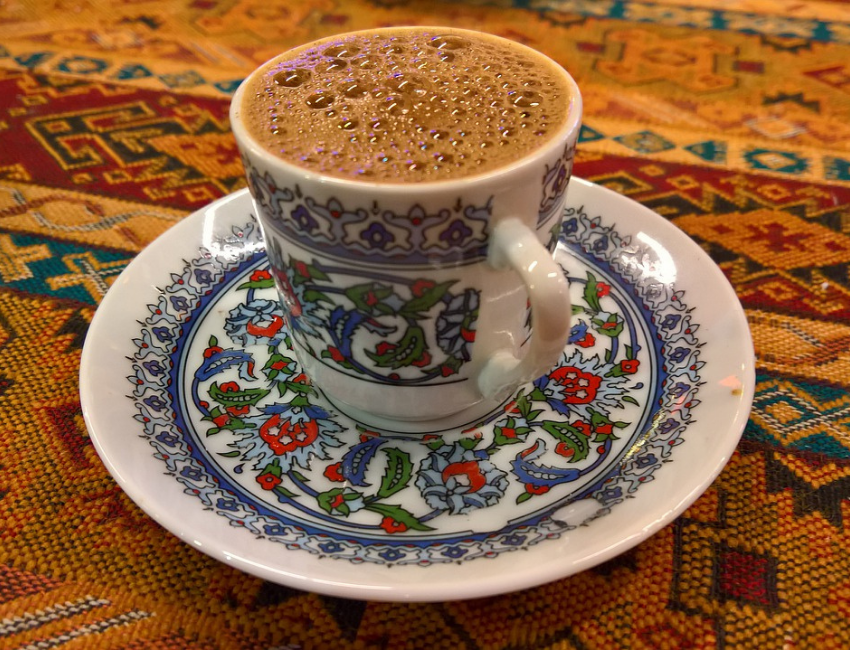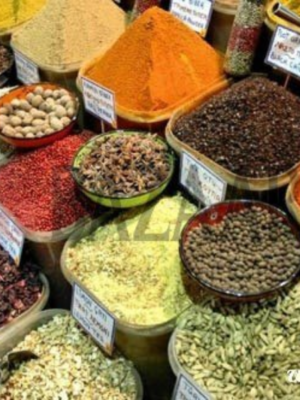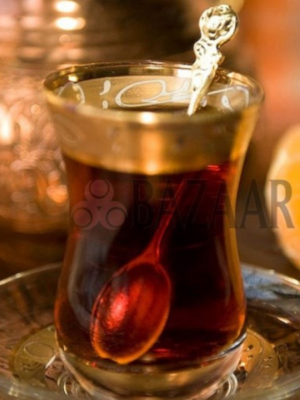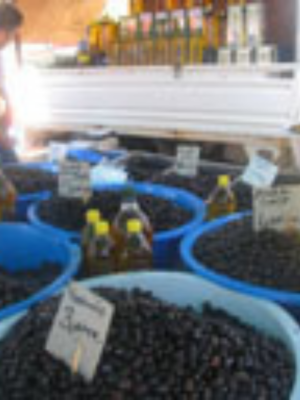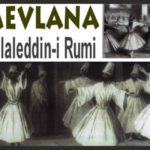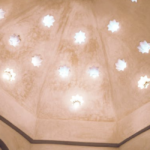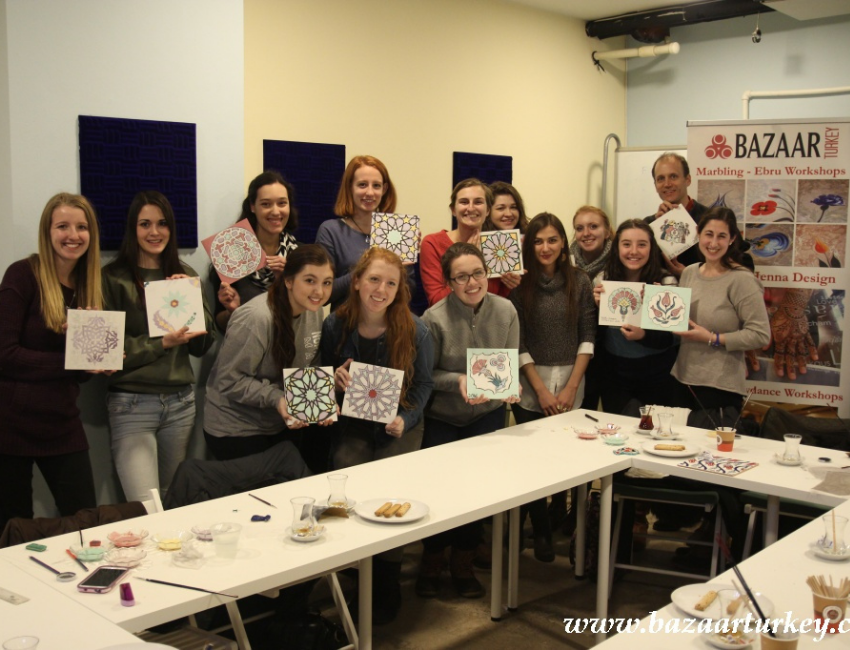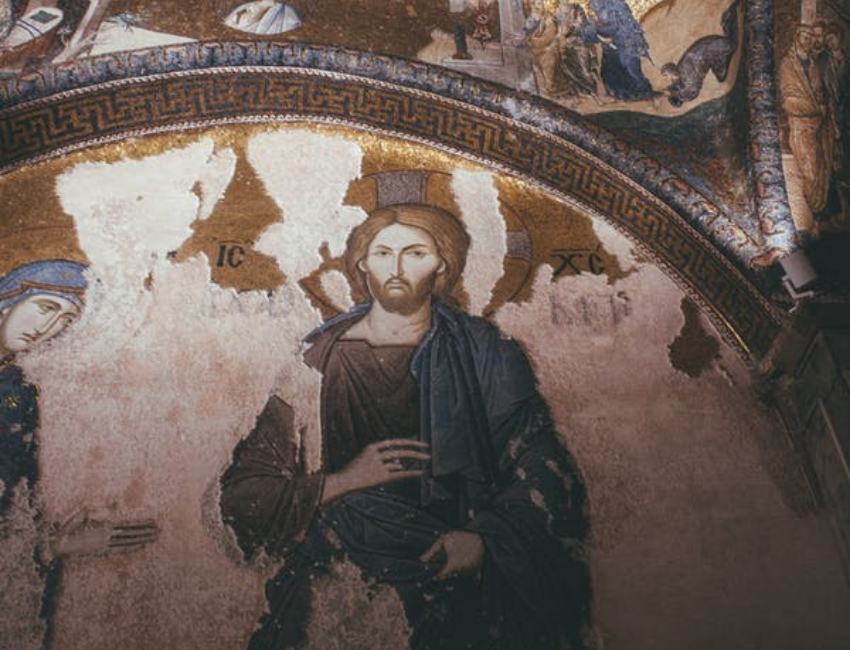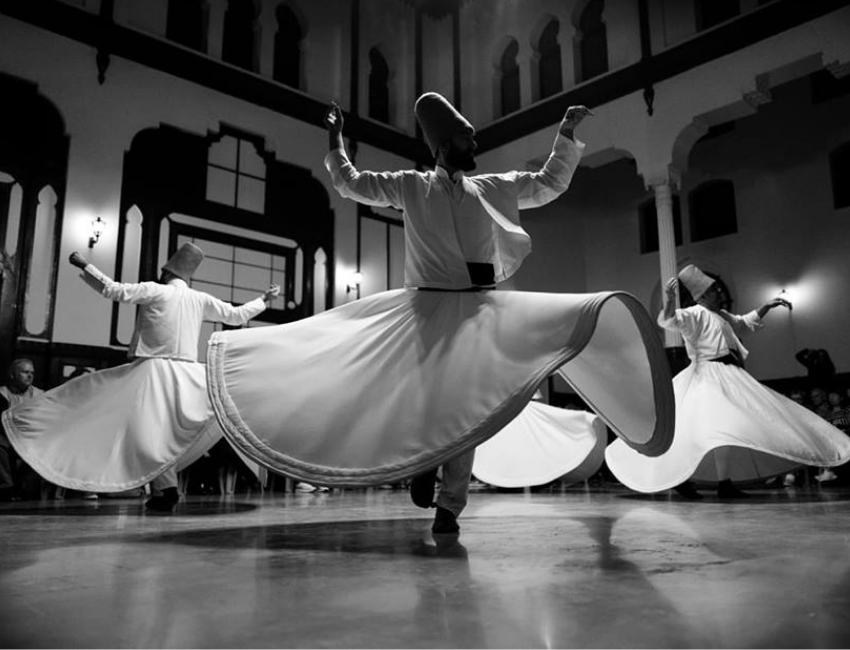Most people in the world have heard of Turkish coffee, but far fewer have ever tasted it. Europe acquired the coffee habit from the Turks, and adapted it to their own tastes over subsequent centuries, Then the Turks borrowed percolated and instant coffee, so that two very different coffee drinking concepts now exist side by side in Turkey. Traditional Turkish coffee is a culture apart, with its own methods of preparation and serving.
Although the Turks brought coffee drinking to a fine art, the beans were known earlier in Arabia, Egypt and India.
The word coffee derives from the Turkish kahve, which in turn comes from the Arabic kahwa, thought to be based on Kaffa, the region in Ethiopia where the coffee plant was originally discovered. In those early day the beans were pounded to a paste and eaten with bread.
Two different stories attribute the introduction of coffee into Turkey either to two Syrians named Hukm and Sems in 1555, or to Ozdemir Pasa, Ottoman governor of Ethiopia during the reign of Suleyman the Magnificent (1520-1566).
The first coffee house in Istanbul, which was situated in the district known as Tahtakale behind the Spice Market, was soon attracting not only enthusiastic customers, but the unwelcome attention of theologians and clerics, who considered this strange new substance to be a harmful narcotic. To stem the tide of the new craze they forbade it on the grounds that consuming substances made black by roasting was sinful. Ships carrying loads of coffee are said to have been sunk in Istanbul harbour.
Yet despite all these measures coffee drinking spread like wildfire, and by the reign of Murat III (1574-1595) there were over six hundred coffee houses in Istanbul alone.
Coffee houses were generally constructed in the form of pavilions commanding an attractive view, and most had verandas and sometimes an ornamental pool in the centre. Low platforms for customers to sit upon surrounded the interior walls. Water pipes or the long slender pipes known as cubuk were also provided. Fashionable Turkish coffee houses served as gentlemen’s clubs, whose members discussed literature and listened to music and as such are regarded as the forerunners of the Paris cafes.
The wide variety of often beautifully decorated equipment used for roasting, grinding, preparing and serving Turkish coffee could fill a museum on their own. The coffee is boiled in long handled coffee pots known as cevze, which have their own distinctive shape, as do the tiny coffee cups. In the past Turkish coffee cups had no handles, and were put in beautiful filigree or jewelled holders. Even the coffee trays are specially designed for the purpose, having an arched handle by which the tray is suspended. Porcelain coffee cups were produced at the iznik or Kutahya potteries, for the Turkish market. Sets of Turkish coffee cups were subsequently produced for local European markets and known as “a la turque” coffee sets. Carved wooden containers for cooling the roasted coffee beans and others for storing them were once part of the equipment in every household, as were the decorated wooden coffee grinders made in Istanbul.
Connoisseurs expected their coffee to be heated slowly over charcoal embers for 15 to 20 minutes, the copper coffee pot being frequently taken away from the fire to prevent overheating. One strict condition still observed is that a layer of froth should cover the cup. A heaping coffee spoon plus sugar to taste is allowed for each cup as a general rule today, although in the past most Turks drank their coffee without any sugar. Instead, it was customary to eat or drink something sweet either before or after the coffee, perhaps sweetened fruit juices known as sherbet, fruit conserves, Turkish delight or other confectionery. Another custom which has died out today is the addition of some fragrant substance such as jasmine, ambergris, cloves or coriander.
The entire process of coffee making was ceremonial, from the roasting to the protocol of serving guests. For centuries coffee epitomised hospitality and respect for visitors. Even today, when a boy’s family visits the home of a girl to ask for her hand in marriage, the girl prepares and serves the coffee, as an indication to her prospective in-laws of her domestic skills.
Reading the coffee grinds is a favourite pastime particularly amongst women. The empty cup is turned upside down in the saucer, and left for a while. Then the expert at fortune-telling in the group examines the patterns formed inside the cup and on the saucer. This custom still survives in all the countries of the former Ottoman Empire including Bulgaria, Greece, Egypt, Macedonia and Bosnia.
So long as it is drunk in moderation, Turkish coffee is not harmful to the health, but on the contrary, has a calming and restful effect. There is 50 mg of caffein per cup, and this is expelled immediately without accumulating in the body, so in this respect the Turkish coffee cup is ideally proportioned. In larger quantities Turkish coffee is a stimulant. It also aids in digestion, and this is a factor in preventing excessive weight gain.
The flavour and aroma of well prepared Turkish coffee is an experience not to be missed in the land where coffee was never cultivated, but first became a specialised endeavour.

